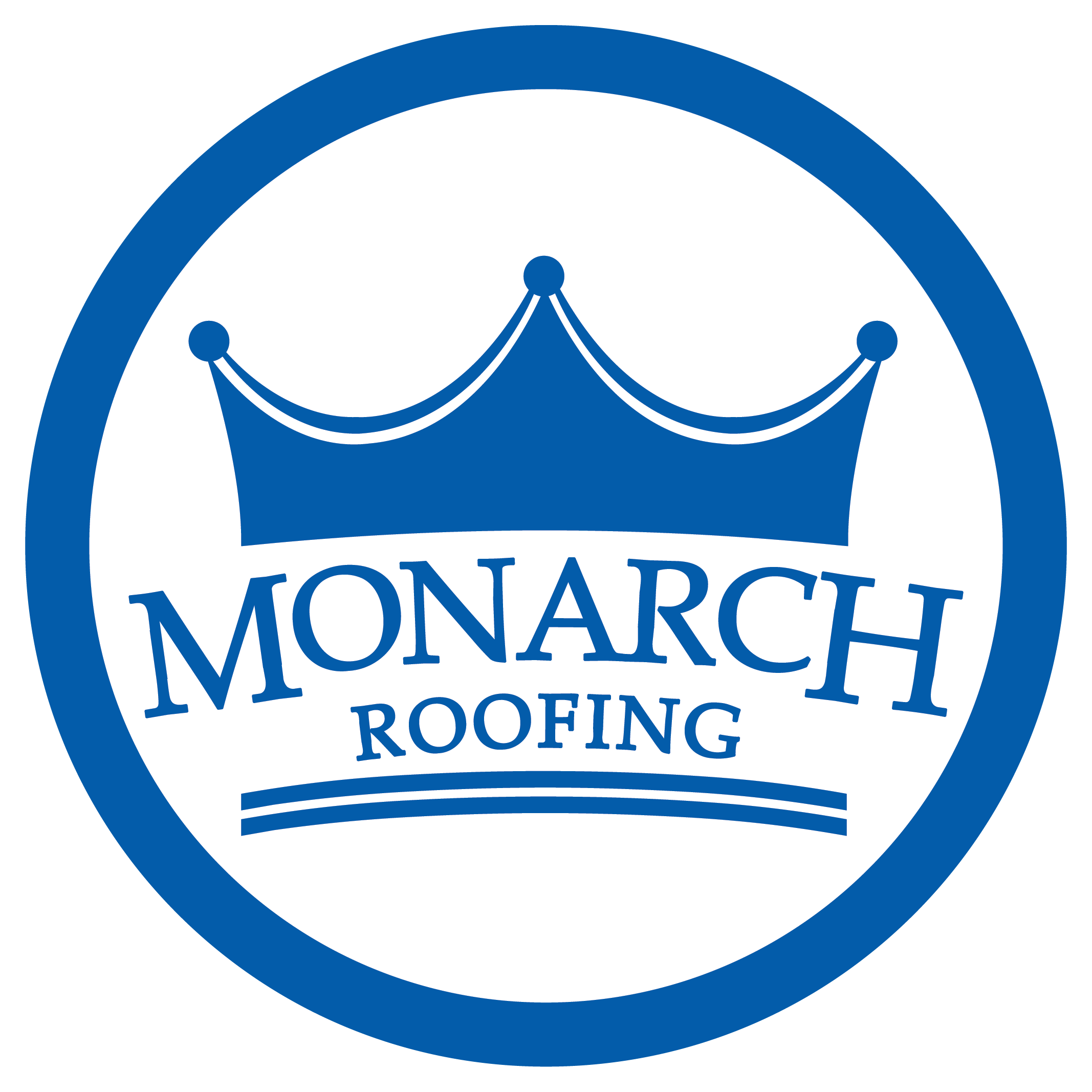As concerns about climate change and the need for sustainable energy sources continue to grow, therefore many types of solar panels have emerged as a promising solution to meet our energy needs while reducing our carbon footprint.
Solar panels, also known as photovoltaic (PV) panels, capture sunlight and convert it into electricity. They offer a clean and renewable energy source that can power homes and businesses. But are they right for your home?
If you’re ready to install solar panels or shingles, don’t worry!
Today, we will explore:
- The different types of solar panels
- Their advantages and disadvantages
- The costs associated with solar panel installations
- How to find a qualified roofing contractor for the job
Ready to take the plunge into the world of solar panels? Keep reading!
5 Types of Solar Panels
Solar panel technology has evolved over the years, leading to various types of panels with distinct characteristics. Understanding these types can help you make an informed decision when considering solar panel installation.
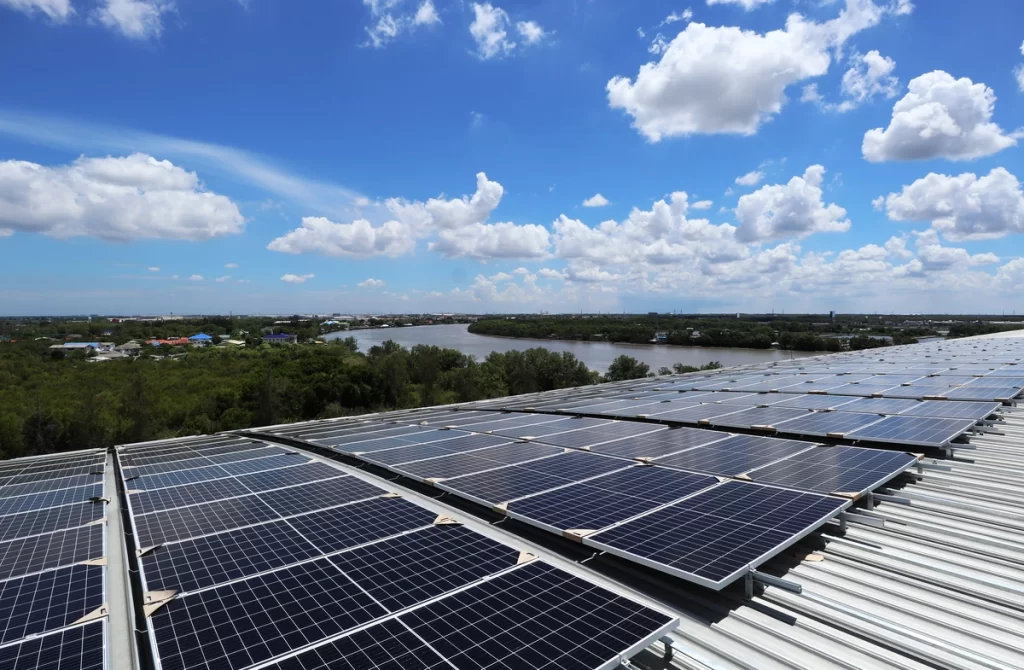
1) Monocrystalline Solar Panels
Monocrystalline solar panels are known for their efficiency and sleek appearance. They are made from single-crystal silicon, which makes them highly efficient at converting sunlight into electricity. The key features of monocrystalline panels include:
✅ Pros:
- High efficiency, typically around 15-20%
- Smaller footprint, suitable for limited roof space
- Long lifespan, often exceeding 25 years
- Better performance in low-light conditions
❌ Cons:
- Higher cost compared to other types
- Production process involves more energy and can be less environmentally friendly
2) Polycrystalline Solar Panels
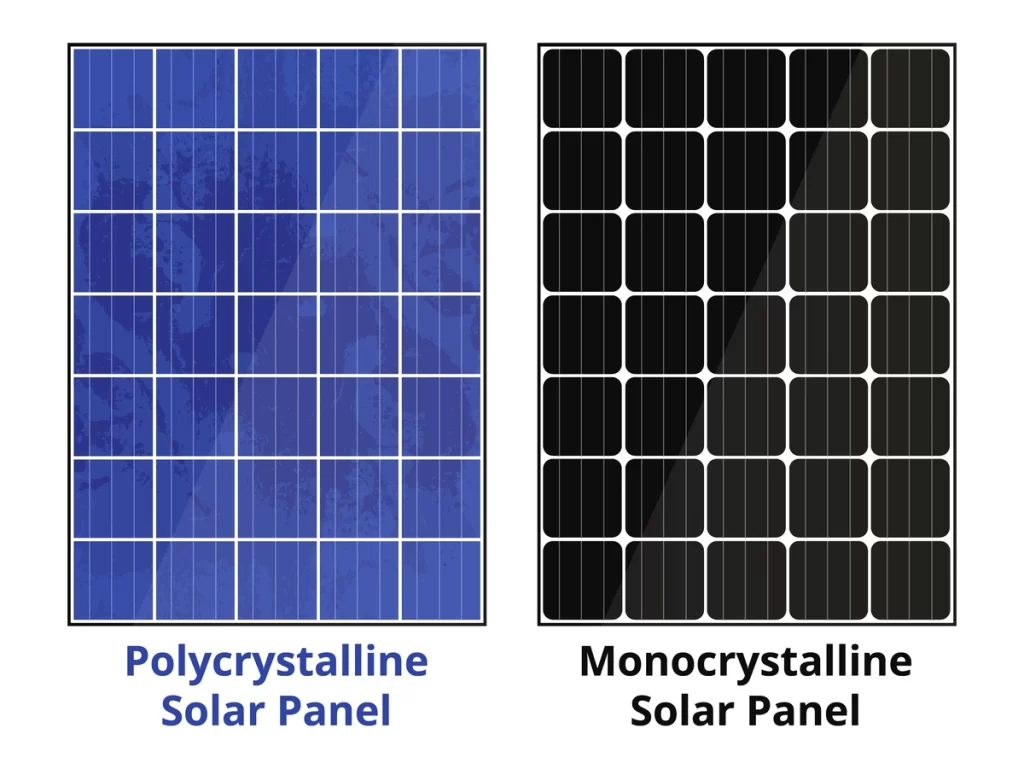
Polycrystalline solar panels are a cost-effective alternative to monocrystalline panels. They are made from multiple silicon crystals, resulting in a less uniform appearance but a lower price point. Key features of polycrystalline panels include:
✅ Pros:
- Lower cost per watt
- Decent efficiency, typically around 13-16%
- Durable and long-lasting
❌ Cons:
- Lower efficiency compared to monocrystalline panels
- Larger physical size, requiring more roof space
3) Thin-Film Solar Panels
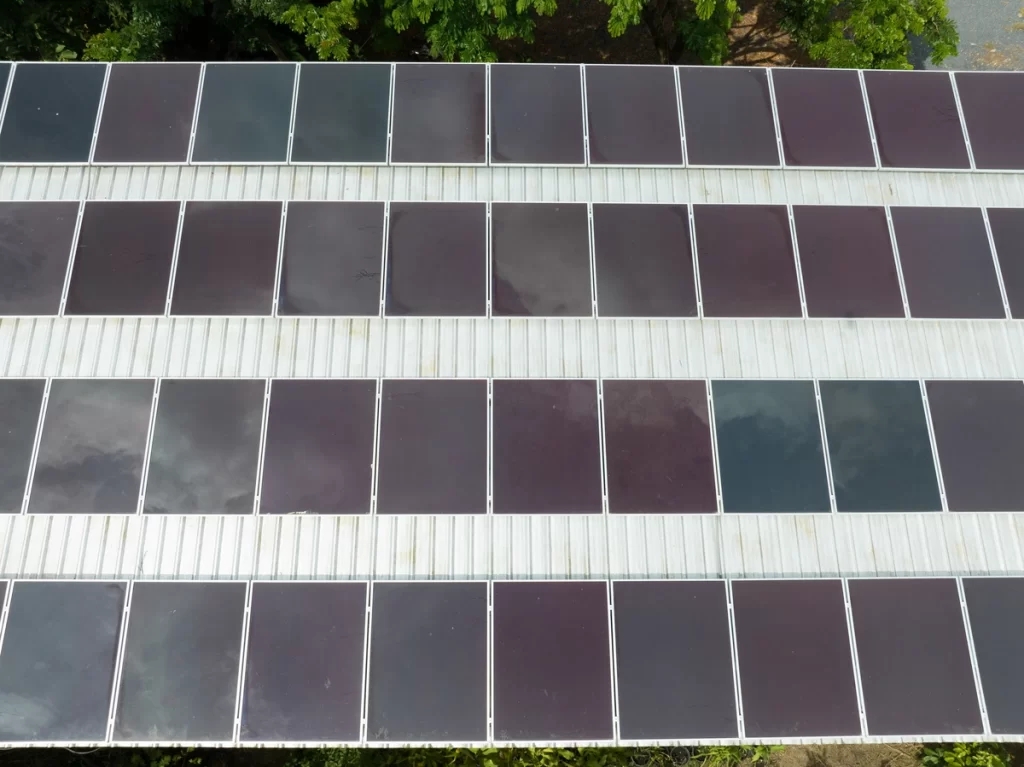
Thin-film solar panels use various semiconductor materials deposited in thin layers on a substrate, such as glass or plastic. They are known for their flexibility and lightweight design. Key features of thin-film panels include:
✅ Pros:
- Lightweight and flexible, suitable for unconventional surfaces
- Lower production costs
- Can perform better in high-temperature conditions
❌ Cons:
- Lower efficiency, typically around 10-12%
- May degrade faster over time compared to crystalline panels
- Requires more installation space due to lower efficiency
4) Bifacial Solar Panels
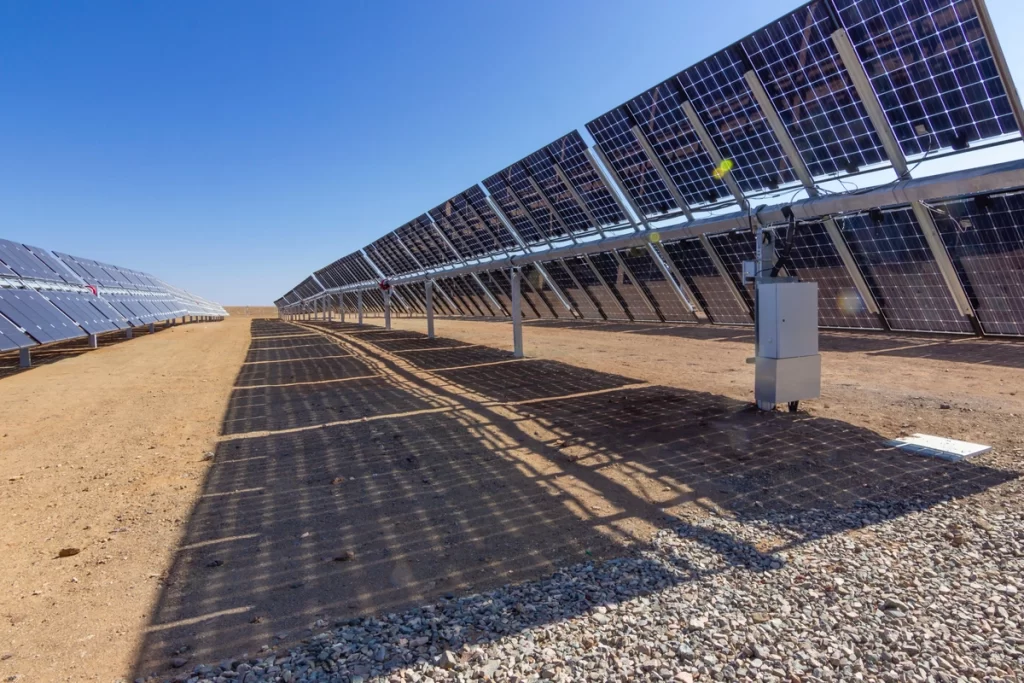
Bifacial solar panels are designed to capture sunlight from both the front and rear sides, increasing their energy production. They can be monocrystalline or polycrystalline. Key features of bifacial panels include:
✅ Pros:
- Increased energy production compared to standard panels
- Versatile and suitable for various mounting options
- Long lifespan
❌ Cons:
- Higher upfront cost
- Performance may be affected by dirt or shading on the rear side
5) Solar Tiles and Shingles
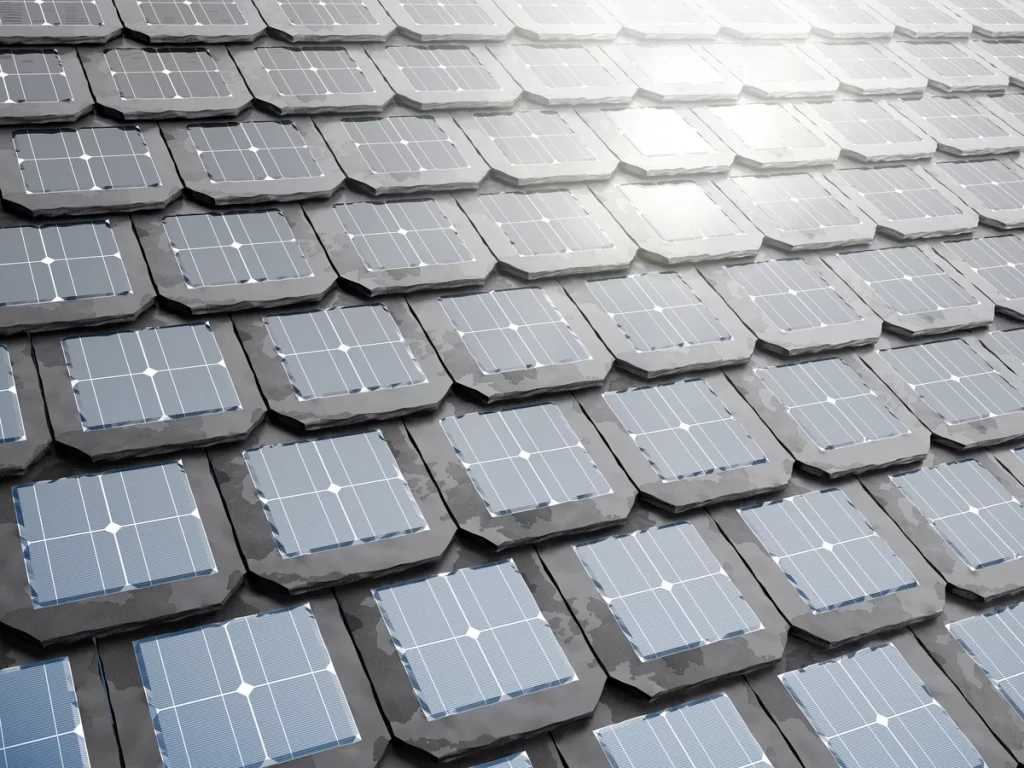
Solar tiles and shingles are integrated into the roof, replacing traditional roofing materials. They provide a seamless and aesthetically pleasing solar solution. Key features of solar tiles and shingles include:
✅ Pros:
- Blend seamlessly with the roof, enhancing curb appeal
- Durability and long lifespan
- Energy-efficient roofing solution
❌ Cons:
- Higher installation cost due to roofing material integration
- Lower efficiency compared to standard solar panels
Pros and Cons of Solar Panels
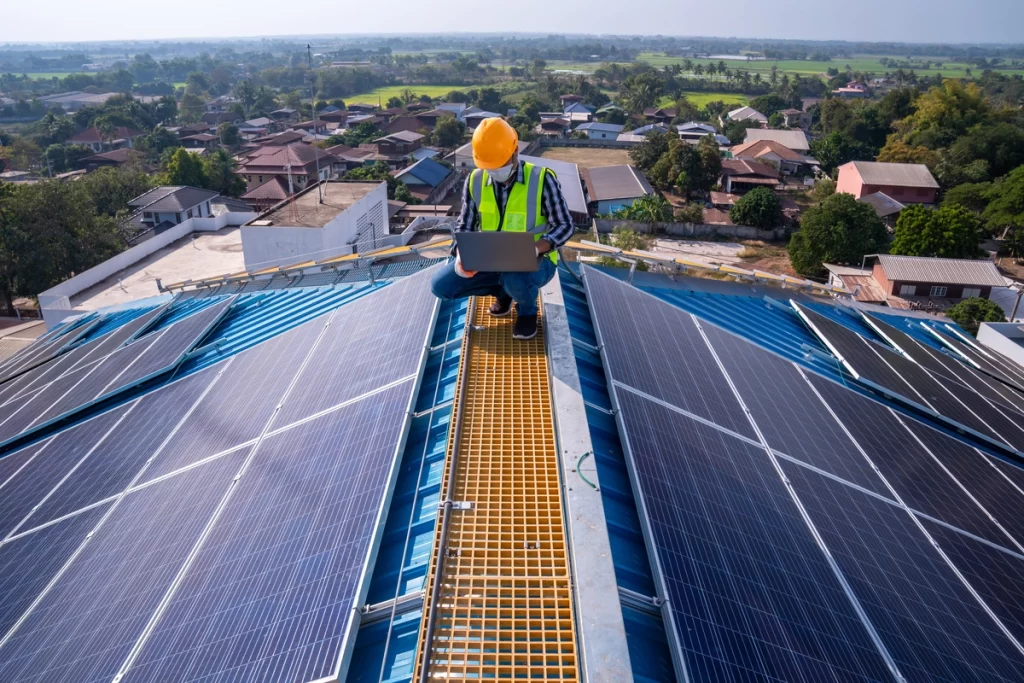
Now that we’ve explored the various types of solar panels, let’s take a closer look at the general advantages and disadvantages of using solar panels for electricity generation:
👍 Pros
- Renewable Energy Source: Solar panels harness energy from the sun, a virtually infinite and renewable resource, reducing reliance on fossil fuels.
- Environmental Benefits: Solar energy production is clean and produces no greenhouse gas emissions or air pollutants, helping combat climate change and reduce air pollution.
- Reduced Electricity Bills: Solar panels can significantly lower your electricity bills, as they generate electricity for your home, reducing the need to purchase power from the grid.
- Energy Independence: Solar power allows you to become less dependent on traditional energy sources and unpredictable utility rates.
- Tax Incentives and Rebates: Many governments offer tax incentives, rebates, and other financial incentives to encourage solar panel installation, making it more affordable.
- Long Lifespan: Solar panels typically have a lifespan of 25 years or more, offering a long-term investment in clean energy.
👎 Cons
- High Initial Cost: The upfront cost of purchasing and installing solar panels can be substantial, although it is often offset by long-term savings.
- Intermittent Energy Production: Solar panels only generate electricity when exposed to sunlight, which means they do not produce energy during the night or on cloudy days.
- Space Requirements: Solar panel installations require ample space, and some types may take up more room than others.
- Aesthetic Impact: Solar panels can change the appearance of your home or building, which may not be appealing to everyone.
- Maintenance: While solar panels generally require minimal maintenance, they may need occasional cleaning and monitoring to ensure optimal performance.
The Cost of Solar Panels
The cost of solar panels can vary significantly based on several factors, including the type of panels, installation location, system size, and available incentives. Here’s a breakdown of the key cost components:
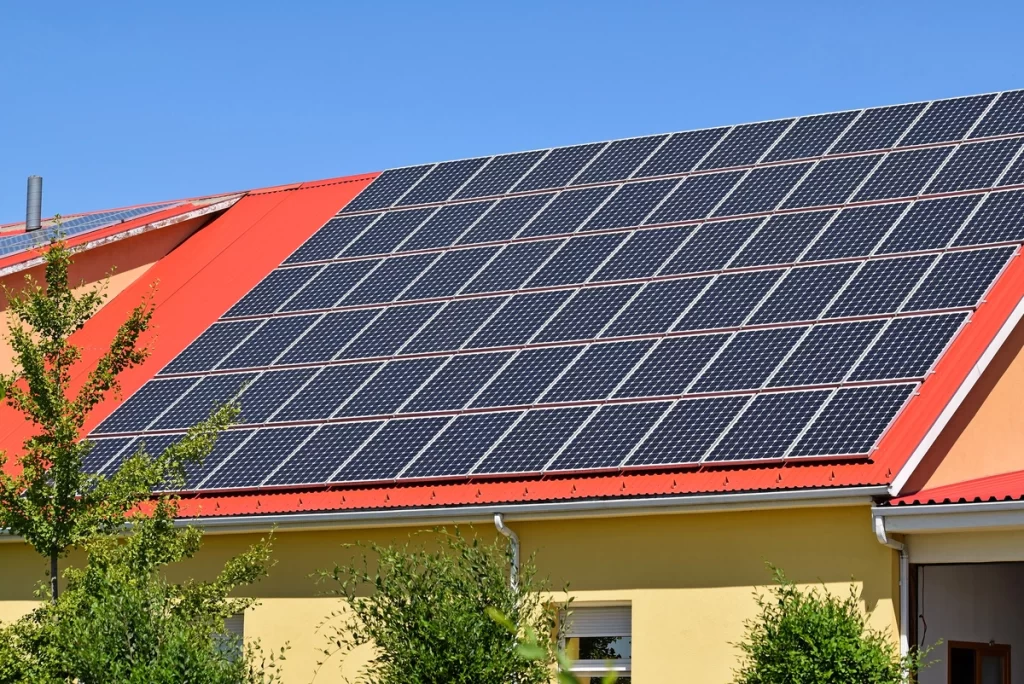
Equipment Cost
The cost of the solar panels themselves, along with inverters, mounting hardware, and other components, makes up a significant portion of the total cost.
Installation Cost
Labor costs for the installation of solar panels, including permits, wiring, and other associated expenses, are essential considerations.
System Size
The size of the solar panel system you choose will impact the overall cost. Larger systems generate more electricity but are also more expensive.
Location
The geographic location of your installation affects the amount of sunlight your panels will receive and, consequently, your energy production and savings.
Incentives
Government incentives, tax credits, rebates, and other financial incentives can significantly reduce the cost of solar panel installation.
To determine the cost of solar panel installation for your specific needs, it’s essential to obtain quotes from reputable solar contractors in your area. Compare quotes and consider the long-term savings to determine the return on investment (ROI) of your solar panel system.
Finding a Qualified Roofing Contractor
Installing solar panels on your roof requires a qualified roofing contractor who can ensure a secure and leak-free installation. Here are steps to find the right contractor for the job:
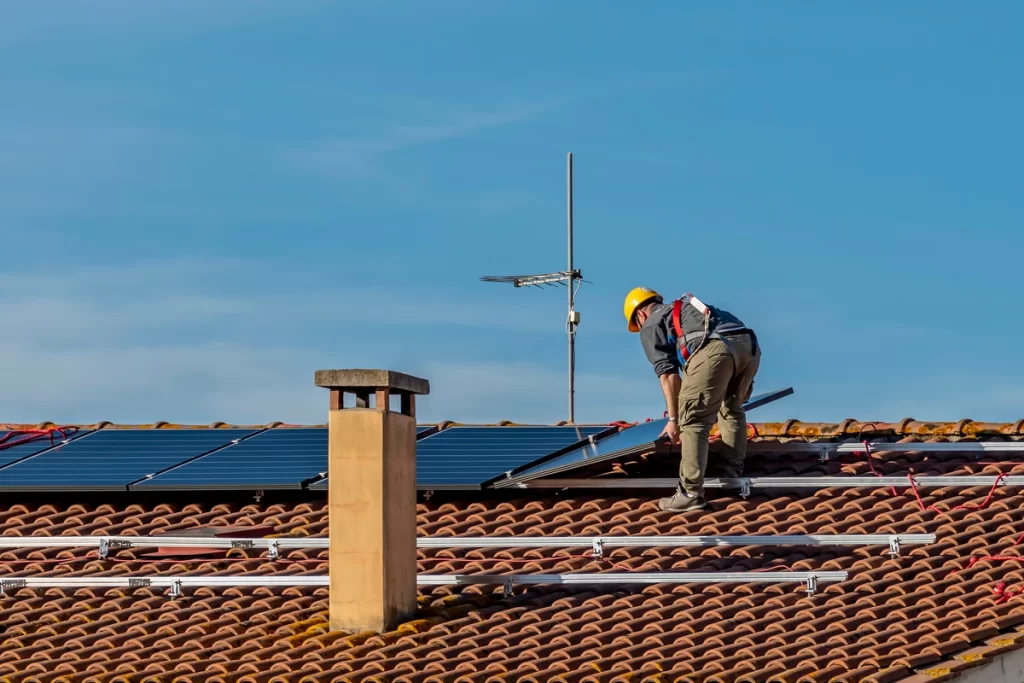
- Research Local Contractors: Start by researching local roofing contractors who have experience with solar panel installations. Look for contractors with positive reviews and a solid reputation.
- Check Licensing and Insurance: Verify that the roofing contractor is licensed, insured, and bonded. This ensures they meet the necessary requirements and can provide you with reliable service.
- Ask for References: Request references from the contractor and contact previous customers to inquire about their experience with the company’s solar panel installations.
- Obtain Multiple Quotes: Get quotes from several contractors to compare costs, services, and warranties. Be cautious of unusually low prices, as they may indicate subpar materials or workmanship.
- Verify Manufacturer Certifications: Some solar panel manufacturers offer certifications to roofing contractors who have completed their training programs. This certification can be a good indicator of a contractor’s expertise.
- Discuss Installation Details: Talk to the contractor about the installation process, including any necessary roof modifications, electrical work, and permits. Ensure they provide a clear timeline for the project.
- Review Warranties: Ask about warranties for both the solar panels and the installation work. A reputable contractor should provide warranties to cover potential issues.
- Contracts and Agreements: Always have a written contract that outlines all project details, costs, and timelines. Review it carefully before signing and make sure you understand all terms.
Work With a Trustworthy Contractor
Solar panels offer a sustainable and environmentally friendly way to generate electricity for your home or business. By understanding the different types of solar panels, their pros and cons, the associated costs, and how to find a qualified roofing contractor, you can make an informed decision about harnessing the power of the sun to meet your energy needs.
Want guidance when it comes to picking the right solar panel type for your home? Monarch Roofing can help! Contact us today to learn more about your options.
